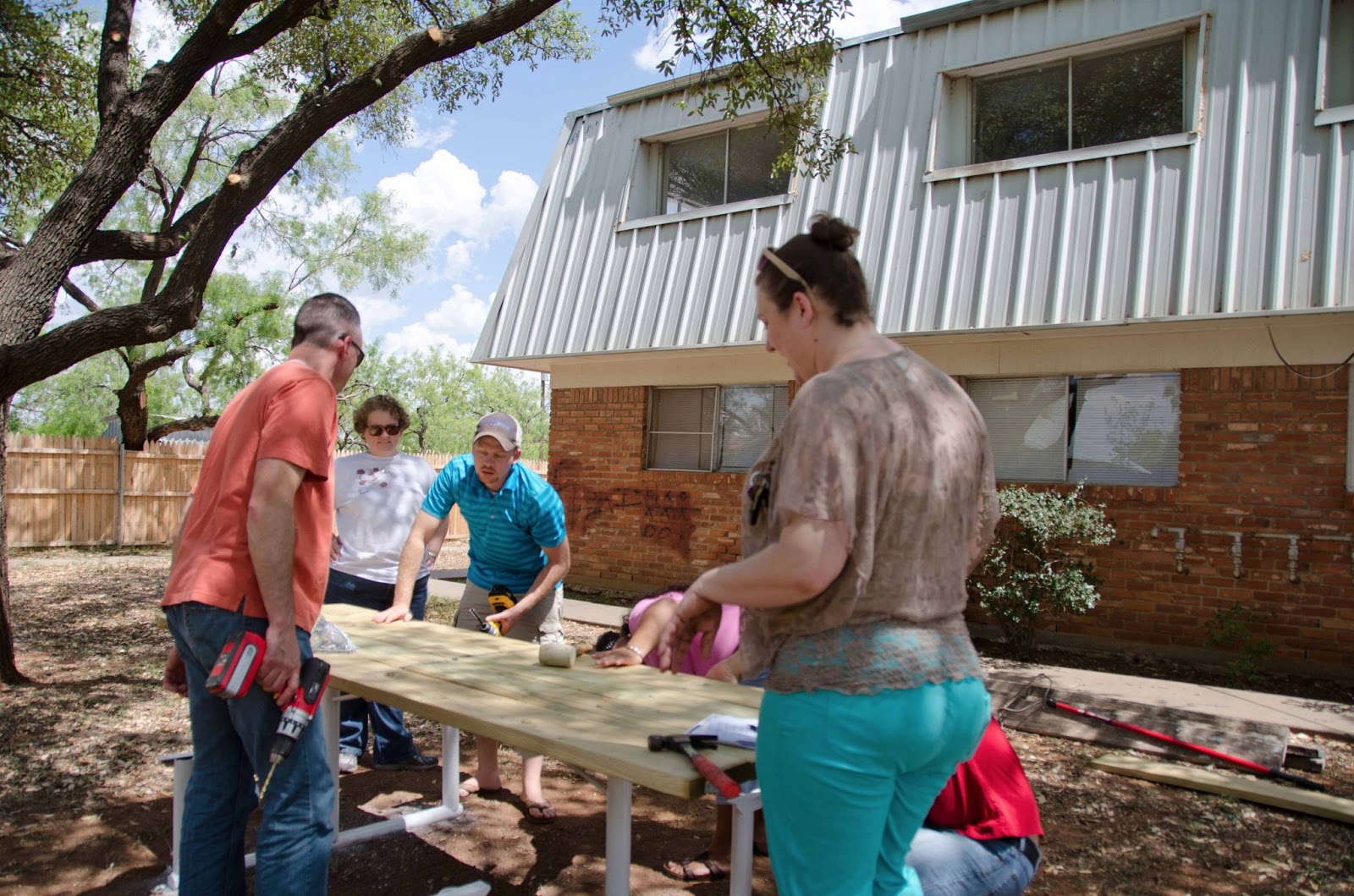Cool May, Warm Beverage
I don't typically drink hot beverages in May, it's usually too warm. This May, however, has had a few cool days, due to cold fronts making it far enough south. Thankfully, thunderstorms develop as well and bring coveted rain to the area. It's raining this morning. I have the windows open letting the cool breeze in and listening to the melody of the storms. I love that song, many nights I've fallen asleep to it, this morning, I'm soaking it up like the parched soil. Like I said earlier, I don't normally have hot beverages this late in the spring, but the cool morning lent itself to wearing my favorite blue sweater my Grandmother gave me, and a hot cup of apple cider. I began sipping on the cider, but it just tasted like warm water. I stirred it some and the flavor rose to the top to meet me, and the fragrance filled the air. Then a question was asked of me, do you need stirring? Are you so watered down that you need your affection...




